by Martin Green
London is one of the world’s metropolises that can very easily stand its ground against the others by doing what it does best: being profoundly British.
From the black hansom cabs and red double-decker buses, a unique variety of stores where anything under 100 years old is designated as “young,” and architecture ranging from Buckingham Palace to the Shard (and everything in between), there is hardly a more unique city in the world than London.
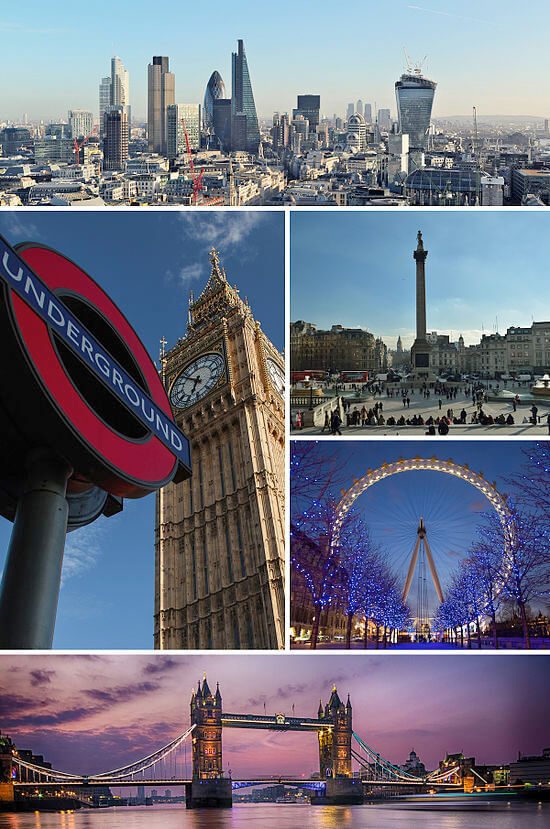
London architecture (photo courtesy Wikimedia)
London is also different from many other major cities in terms of timepieces. Unless you travel to the big Swiss fairs, the only watches you can generally find in many major cities are the ones on display in retail stores. But there of plenty of sensational timepieces in London if you know where to look, and in this article I’ll share a few of my favorite places.
The United Kingdom was once a force to be reckoned with in the world of watchmaking. Especially as the empire was still expanding because wealth and power ensured that there was a fertile market for watchmaking.
The often not-so-cordial relationship with France also played a role: the United Kingdom engaged in scientific “battle” with its neighbor to solve the longitude problem for its ocean-going vessels, which required precise marine chronometers. This rich history is still tangible in London and even celebrated in the collections of three museums that are a must on the itinerary of any watch enthusiast.
The empire under fire: Churchill and Breguet
The Churchill War Rooms is a museum that came into existence in a unique way. Hidden below the street level of Westminster, this was the place where the UK’s most famous prime minister directed efforts to overcome the Nazis. When World War II ended with the surrender of Japan, the area was simply locked up with everything left in place.
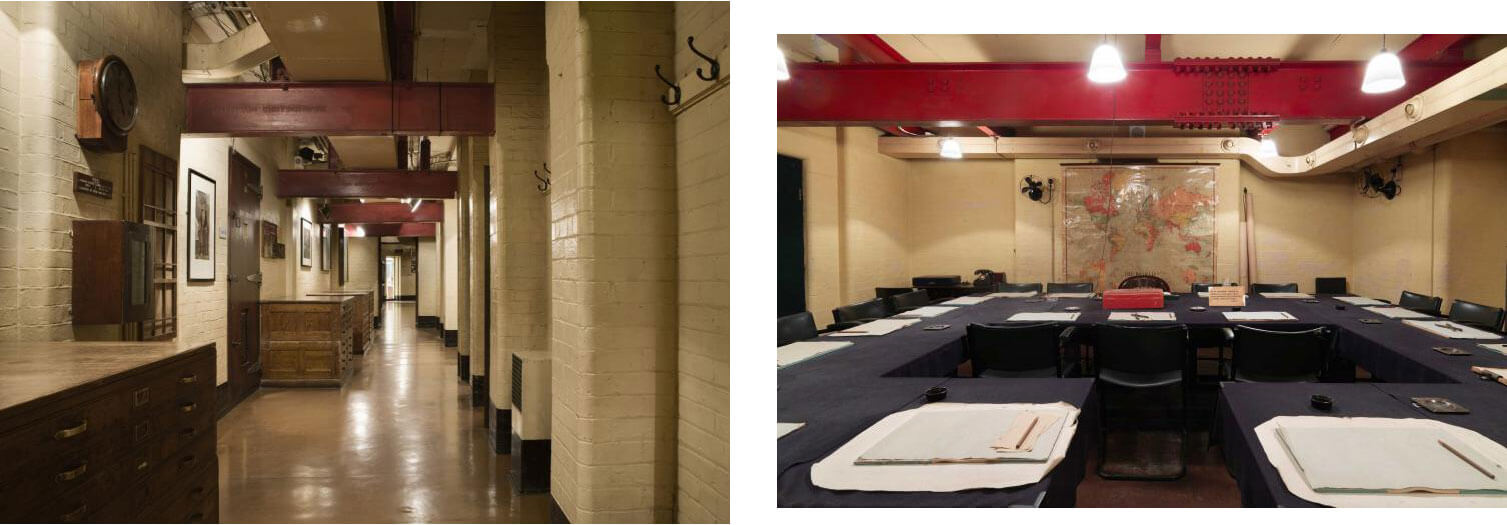
Churchill War Rooms
In the years after the war, the rooms became increasingly popular as people were admitted to see them. It eventually became so many people that the Imperial War Museum Institute was asked to take it under its wing.
The IWM Institute transformed it into a proper museum that captures the spirit of those frightful days by leaving the vast majority of the War Rooms intact.
For watch enthusiasts, this museum also has something special on display: Winston Churchill’s Breguet, which served as his daily timekeeper throughout his life.
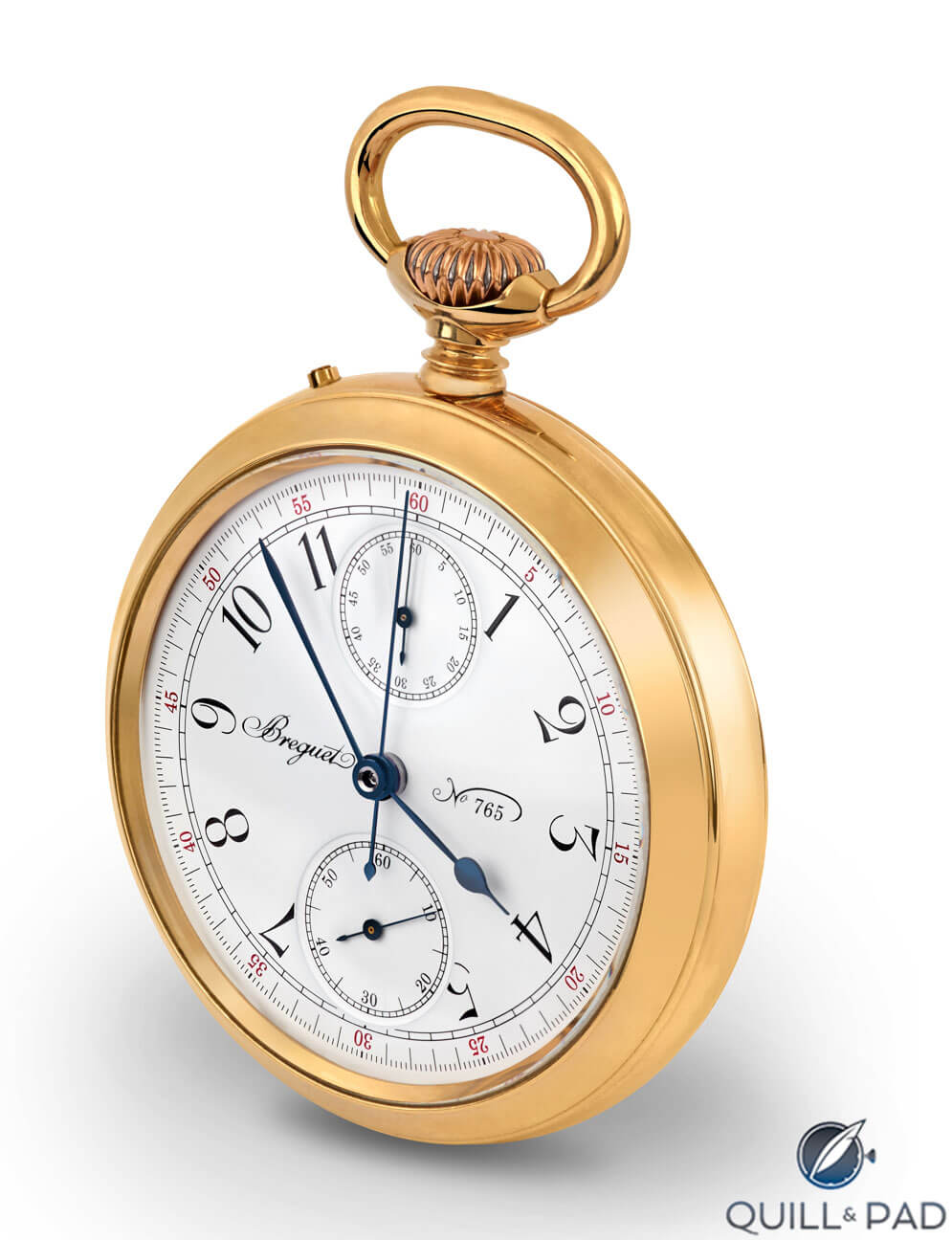
Breguet No. 765, ‘The Turnip,’ at the Churchill War Rooms
The watch, nicknamed “The Turnip,” is the Breguet No. 765, which was commissioned by Churchill’s grandfather, the seventh duke of Marlborough. While the pocket watch looks rather understated, it features a minute repeater and rattrapante chronograph.
Breguet made a replica of the original pocket watch for the movie Darkest Hour, in which Gary Oldman played the man who is perhaps Great Britain’s most famous prime minister; he earned a Best Actor Oscar for the role.
This Hollywood film has most certainly played a role in the popularity of the museum as of late, and you can often save at least an hour if you get your tickets in advance.
The British Museum: yes, there are watches there too!
The British Museum is best known to most people for having the Rosetta Stone on display in addition to a seemingly endless array of rare and valuable treasures from around the world, most of them from times long past.
In that light, it is quite extraordinary that there is also a modest space dedicated to watches. In fact, it is this museum’s quite eclectic lineup of clocks and watches that tells the story of timekeeping from very early clocks and pocket watches to more recent quartz examples.
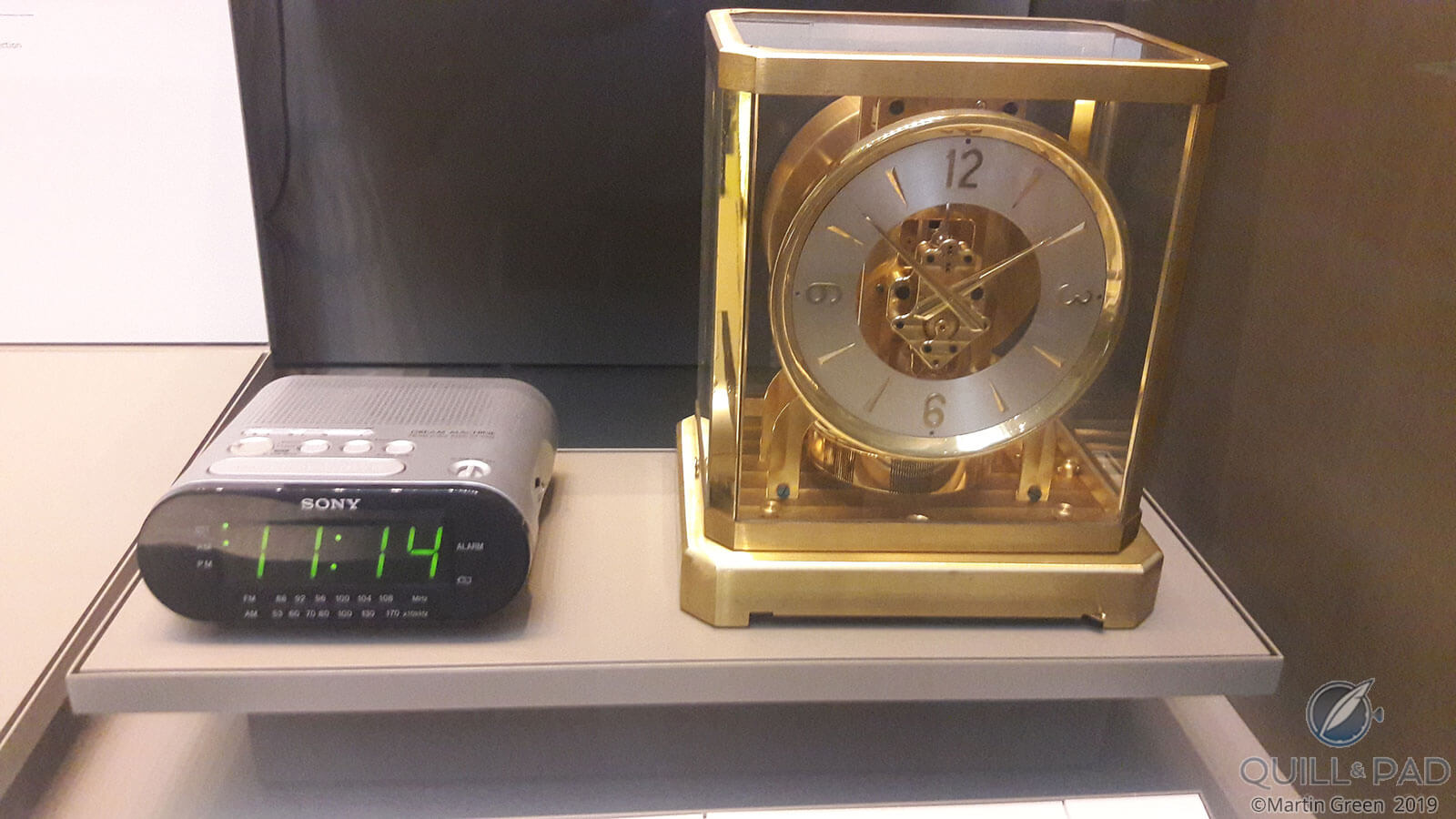
A Sony alarm clock and a Jaeger-LeCoultre Atmos side by side at the British Museum
The presentation leaps through time at a fast pace, so don’t be surprised if you should see a Jaeger-LeCoultre Atmos presented next to an inexpensive digital Sony alarm clock.
The collection is clearly aimed at the general public, making it perhaps a bit superficial for true watch enthusiasts, but there are enough pieces to make it entertaining for all.
Given the fact that the British Museum is a must-see on any London itinerary anyway, this makes for a nice bonus.
London’s Science Museum
Visitors to London’s Science Museum are treated on an exhibition curated by The Worshipful Company of Clockmakers. This nearly four-hundred-year-old institution once governed the clock and watch trade. It now focuses on maintaining its heritage as well as promoting the interests of the industry through sponsor competitions and exhibitions as well as contributing to organizations such as the George Daniels Educational Trust.

The Worshipful Company of Clockmakers exhibition at the London Science Museum
The “Clockmakers of London” have put together a selection of timepieces that will delight even the most spoiled collectors among us. It allows us to travel through time by putting impressive pieces on display, some of which are as old as 1600.
The focus here is on British watchmakers with works by George Graham, John Harrison, Thomas Tompion, John Arnold, and Thomas Mudge to name just a few.
The exhibition explains in detail the developments as well as the significance of their works and does so in an informative yet easy-to-digest way. It also has a significant space dedicated to George Daniels and his contribution to watchmaking as well as some extraordinary watches to illustrate his story.

The Worshipful Company of Clockmakers exhibition at the London Science Museum
Among them a Patek Philippe Nautilus that Daniels fitted with a co-axial escapement as well as a prototype of the collaborative Anniversary Edition wristwatch that he made together with Roger Smith, some of whose individual work is also on display.
Personally, I think that that the Science Museum exhibition is of such a high standard that it alone warrants a visit to London.
The name is Bond, Bond Street
It would be a pity to visit London and not visit Bond Street. This street has nothing to do with Britain’s most famous secret agent, though. The origin of its name is, in fact, far more boring as it is named after Sir Thomas Bond, who headed the syndicate that built the street.
Officially there is an Old Bond Street and a New Bond Street, the latter being 14 years younger. Built on a Roman settlement, most of the current buildings on Bond Street are from the 1720s, although it didn’t establish its position as a luxury shopping destination until the nineteenth century.
Phillips auction house, for example, saw the light of day at number 101 in 1796, and jeweler Asprey followed in 1830 at number 165-169. Today the street offers a pleasant combination of art galleries, haute couture, jewelry shops, and, of course, watch boutiques.
The majority of well-known brands are present on either New or Old Bond Street. While the architecture of the buildings is quite restrictive, many of the stores are nothing less than fabulous, not only in their interiors but also in the collections they carry.
As London is a favorite destination of the super rich, the boutiques here have grown accustomed to catering to their preferences. This means that in particular there are generally a great many highly complicated watches are in stock as well as lavish diamond-set timepieces and everything in between.
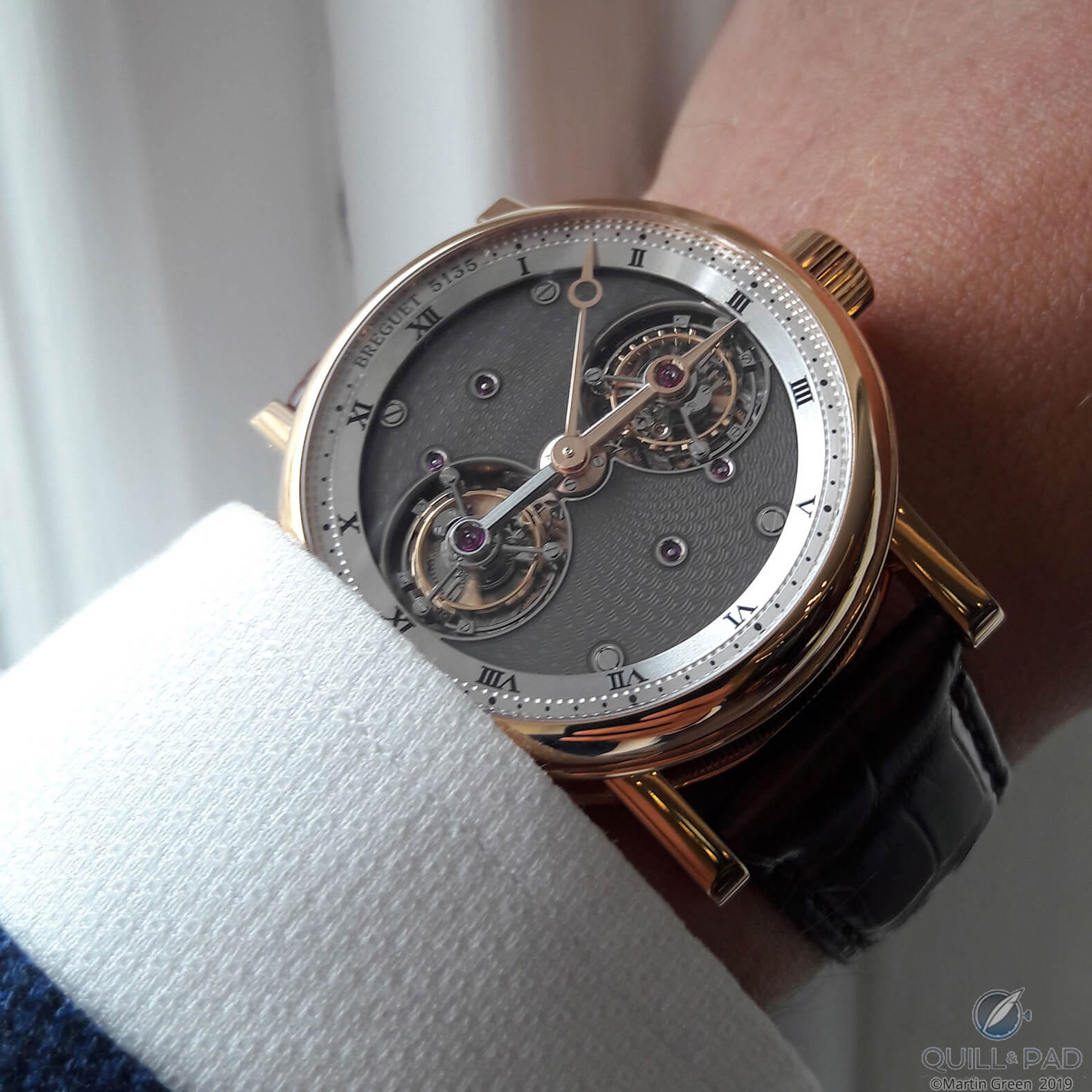
Breguet Double Tourbillon
A Breguet Double Tourbillon? Don’t be surprised if the boutique actually has two in stock!
A Hublot MP-05 LaFerrari to match your Prancing Horse? Which color would you prefer, sir?
Don’t go into the IWC boutique, though, as you might mistake it for the manufacture itself. Not so much because of its surroundings, which are lavish and comfortable, but simply because it quite literally has the entire catalogue in stock. The only thing missing is Kurt Klaus.

IWC Da Vinci Tourbillon Retrograde Chronograph at the IWC boutique in London
Vintage watches can also be found here, but for that you want to visit the Burlington Arcade just off Bond Street. Here vintage Rolex and Patek Philippe rule the day, though Omega, Cartier, and other brands can be found among them.
Those who want to see more vintage watches or prefer a “youngtimer” are best served at Hatton Garden, which is the diamond and jewelry district of the city. Here various dealers offer a wide variety of brands and models.
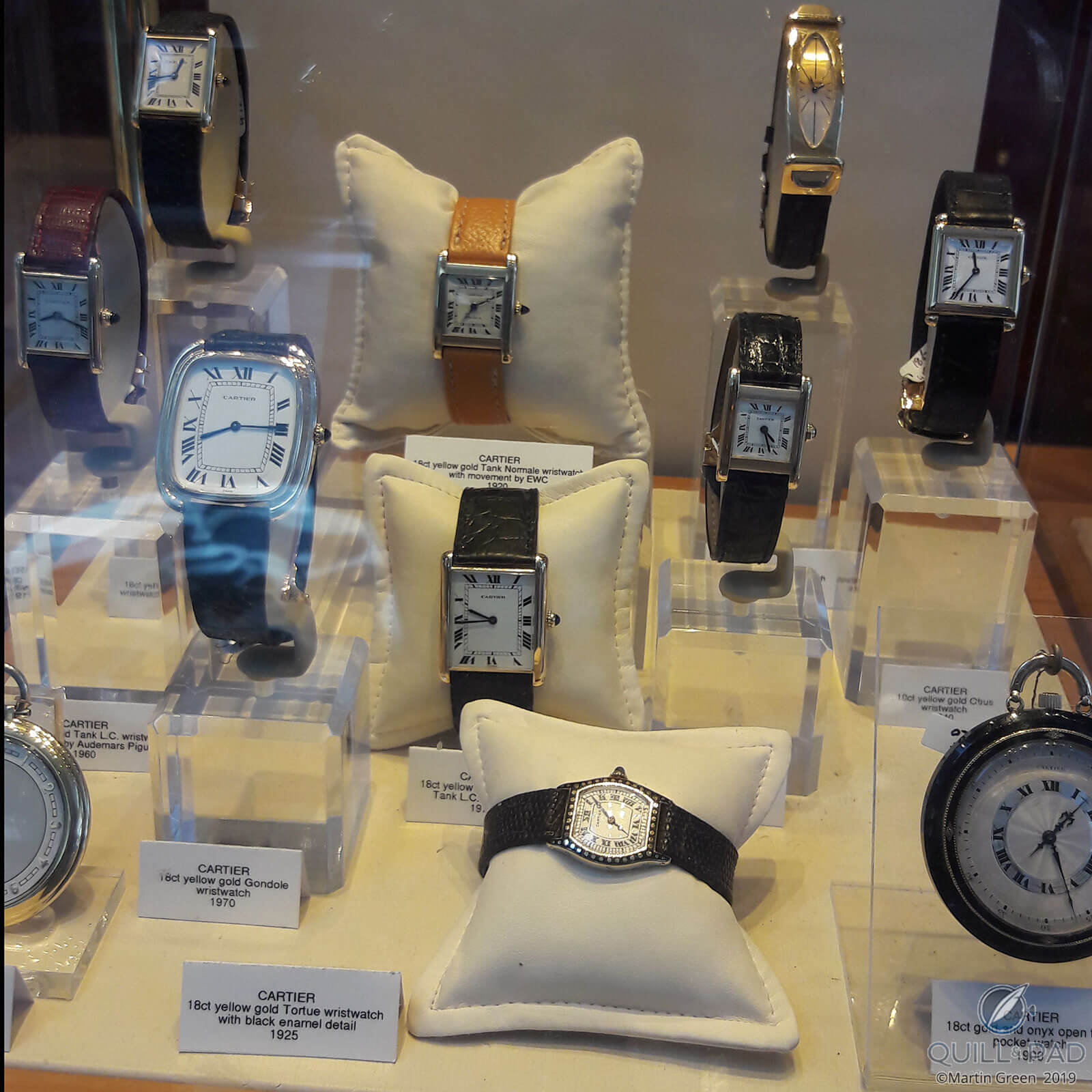
Window display at Hatton Garden, London
The nice thing about these shops, which are sometimes located in their own stores and other times are part of a mutual space shared by several dealers, is that you never know what you will find. It is kind of like a treasure hunt, which can result in seeing a 1970s quartz Omega Constellation right next to the latest Richard Mille. And everything in between.
Harrods, because it is Harrods
While there is no shortage of department stores in London, Harrods stands out simply because it is Harrods: the place where rich people make decisions on which £20,000 baby stroller they prefer while tourists ponder similar decisions at a different level, figuring out if they want to spend £20 on a branded coffee mug or go for the shopping bag.
Watch enthusiasts certainly prefer to forgo all that and head straight to the Harrods Fine Watch Room, where a vast array of the most delectable horological delicacies are on display and ready for purchase.
Apart from the occasional limited editions made especially for Harrods by the most esteemed watch brands, you often can also see creations of such rarity that you need to be an insider at one of the trade shows to have seen it in person before then. That’s why even if you might not be able to afford what Harrods has to offer, a trip to Harrod’s Fine Watch Room is mandatory for enthusiasts.
A short boat trip to Greenwich
For watch enthusiasts it would also be a shame not to visit Greenwich when in London. Go by boat, which is the fastest and most comfortable way to get there while also enjoying a view of the Thames.

A view of Tower Bridge from the Thames
Greenwich is not only a beautiful place but also a historic one. The site made important contributions to the world of science, and in terms of watchmaking this is still evident for the more-than-impressive collection of marine chronometers. As the Royal Museums Greenwich likes to switch them out, it is never certain what exactly will be on display, but its collection contains some made by Breguet, Omega, A. Lange & Söhne and many, many others.
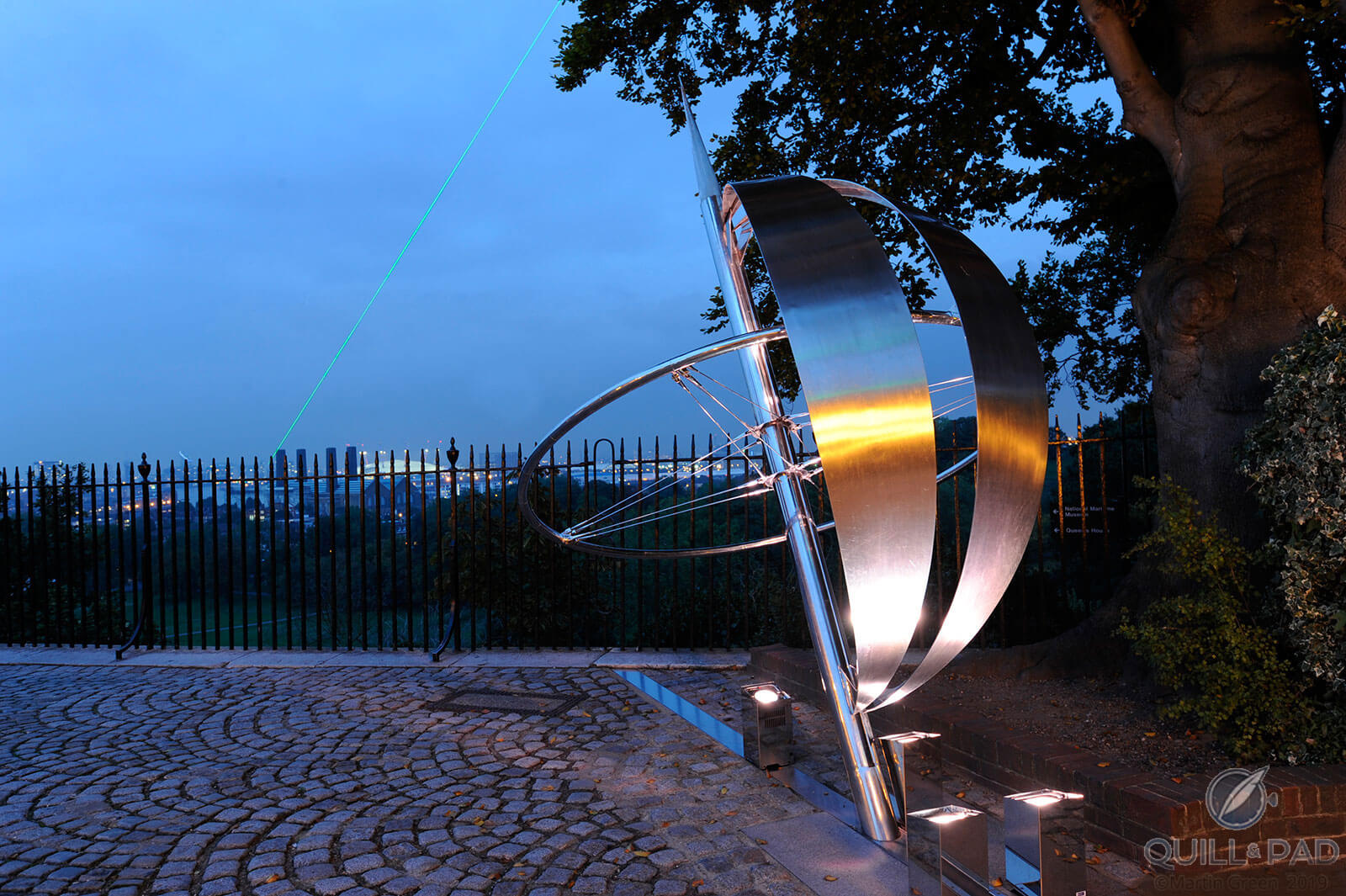
An evening view from the Prime Meridian at Greenwich toward London
Another reason to visit Greenwich is to “see” the Prime Meridian. Not that there is much to see as it is merely a line on the ground, but it does have a very significant role in watchmaking as it is the baseline for the earth’s different time zones. For any watchmaking enthusiast this is at least a great opportunity for a photo and a social media post or two.
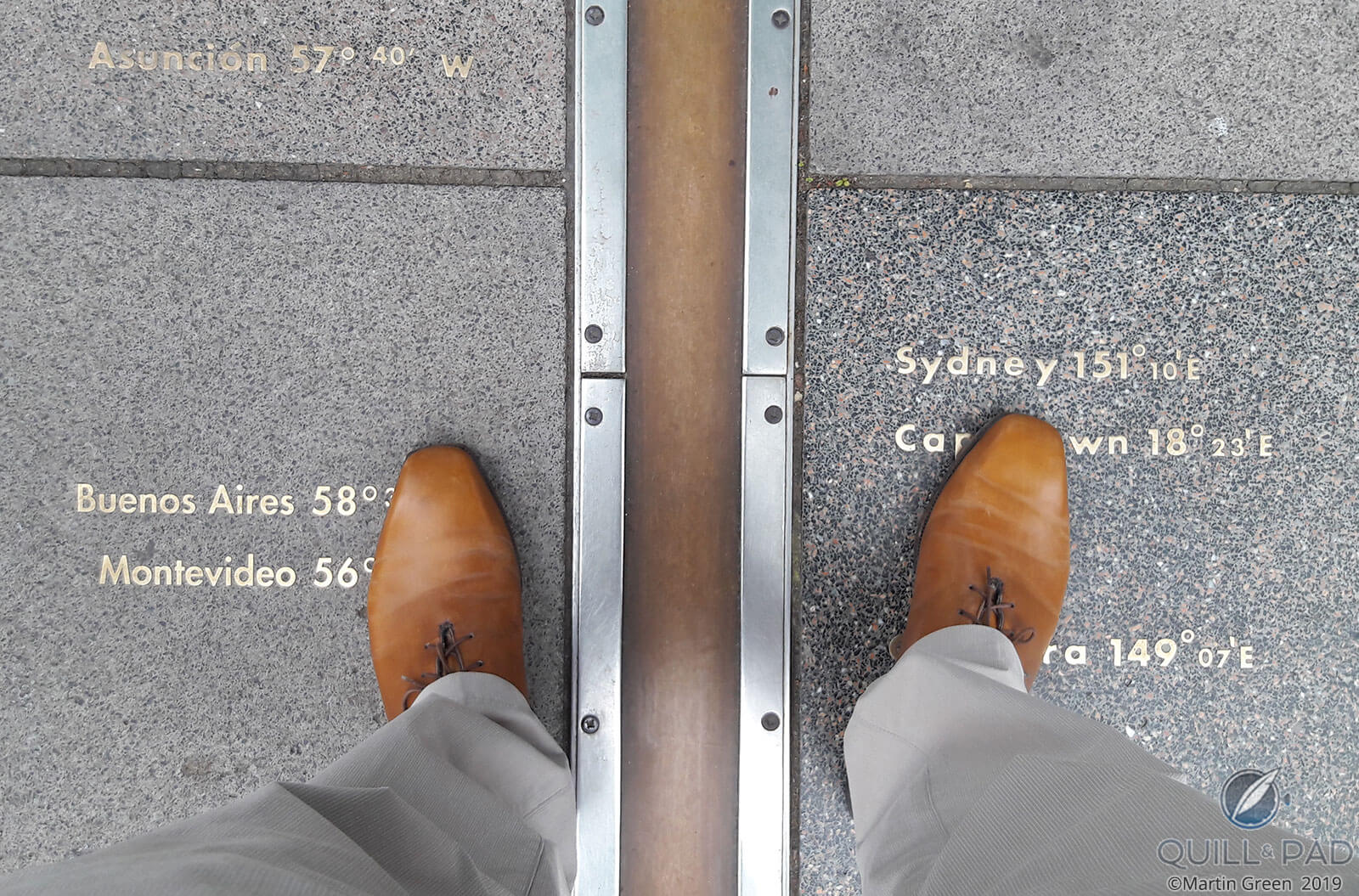
Standing over the Prime Meridian at Greenwich
This is also the reason why London is different from other large cities when it comes to watches. Its museums offer well-curated insights into the horological world, illustrated by interesting timepieces.
Its stores, ranging from brand boutiques to vintage dealers, have a wide variety of watches in stock, where rare becomes common. And Greenwich is a wonderful bonus.
Combine this with great theaters, good hotels, quite a few nice pubs, and a nearly endless array of historic landmarks as well as top-class restaurants and you know why London is a must for any watch connoisseur!
You may also enjoy:
The Richard Mille Boutique In Mayfair, London
William & Son, London: A Destination For The Unique, The Unusual, And The Fantastic
Why Great Britain Is Actually GREAT Britain: The R.W. Smith GREAT Britain Watch
Leave a Reply
Want to join the discussion?Feel free to contribute!





















































Martin, I enjoyed this article very much! I didn’t have the chance to see The Worshipful Company of Clockmakers exhibition or take the trip to Greenwich last time I was in London. The collection had been moving and wasn’t fully set up in London’s Science Museum yet. I did though make it to The British Museum and Harrod’s. I loved both and can’t wait to go back to see everything!
Worth noting that Greenwich has all the Harrison longitude clocks on display and that alone is worth the journey from anywhere.
Thank you for this valuable addition, Tristan! That is indeed true and many of them are actually still running as well!
Many thanks for your kind comment, Derek! I am glad that you enjoyed the article and that you have already experienced some of the places mentioned in the amazing city that is London!